How do you create a color gradient in Matlab such that you plot a 2D line plot of y=y(x), and you color it using another variable that also depends on x such that z=z(x). A scatter or point plot is also fine by me.
I would also like to have a colormap legend kind of thing showing the color gradient and it's actual representation of z. This stuff is quite common in visualisation tools such as VisIt and ParaView but I could not yet FIGURE it out in Matlab.


